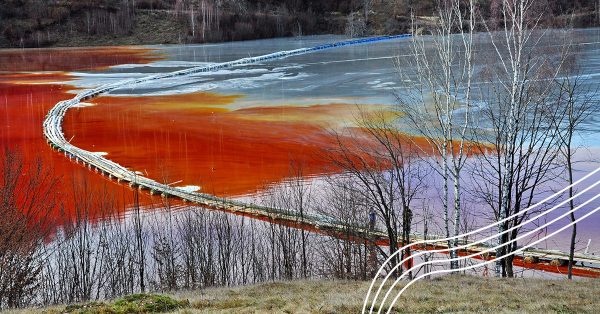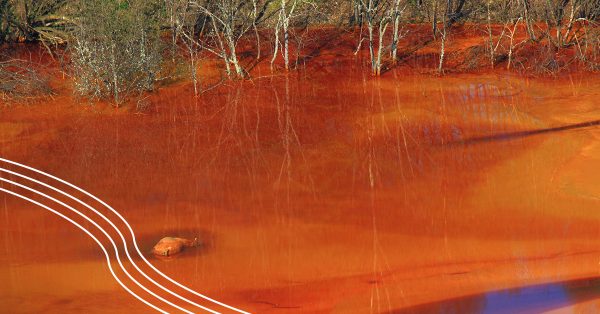In the arctic north, the presence of permafrost is a major consideration in the prospecting of mines. For many mining operators, this geological manifestation has an ecological impact on the entire mining lifecycle — from planning, operation, and eventual abandonment — and the feasibility of mining operations may rest on the durability of the traditional tailings dams’ active layer of permafrost.
Permafrost, or perennially frozen ground is defined as soil or rock that remains at or below the freezing temperature of water (0ºC) for at least two years. There is a relatively consistent frozen layer, and an active layer — the near-surface thickness of soil or rock that freezes and thaws annually. Ground temperature may fluctuate significantly, and the thickness of this active layer is mainly affected by mean annual air temperature and surface characteristics of the site. As such, for mining operators, permafrost should never be considered “permanent� as it rests in a dynamic equilibrium with the surrounding temperature.
With climate change and increasing human activity by miners, this active layer of permafrost is increasingly sensitive to disturbance and may affect operations and abandonment of the site, driving up the potential for creating stranded assets with corresponding financial implications. Mining operators are increasingly aware of how the permafrost is presenting itself as a challenge to operations in the far north as the failure to deal with permafrost degradation on tailings dam structures may result in a serious ecological disaster. While tailings dams are designed for long-term containment, liquids or slurries of contaminated earth dumped into tailings reservoirs during warm summers may have moisture content that affects the entrapped cold soil. The mass of liquids increase and decrease with warming and cooling cycles, and with an increasing number of “freeze-thaw� events, the presence of unfrozen “wet� tailings can cause structure deformation of the embankments over time and substantially affect the integrity and impermeability of the tailings dam.
To create tailings dams for mines in the arctic north, mining operators need to consider numerous factors over many years. With climate change, an increasing amount of permafrost will degrade and thaw during warm summers, and tailings dams built under circumstances that did not take into account climate change will face an increasing risk of failure. There exists numerous methods to remedy this, such as the stripping of the permafrost, or preserving permafrost with heat exchangers and refrigeration systems that remove the heat. But bringing additional equipment for such work in the arctic north is manpower-intensive and very expensive, and may only work if the surrounding air temperature is lower than the ground temperature.
As environmental standards on mining operations are getting tougher over time, remediation work on tailings dams will inevitably drive up the cost of mining operations. An opportunity to eliminate such potentially dangerous structures now exists with Clean Earth Technologies’ revolutionary non-toxic gold recovery agent and dewatering process, which does not create a need to dump toxic material into tailings reservoirs. This also dramatically reduces the risk of creating stranded assets in the far north, and extends the economic viability of the mine by producing significant cost savings to mining operators.



